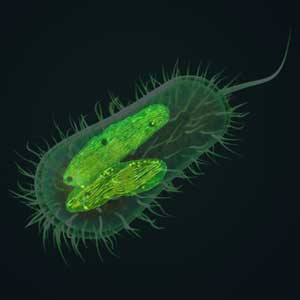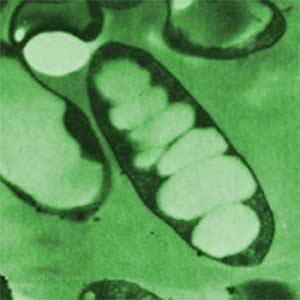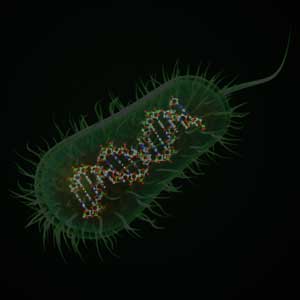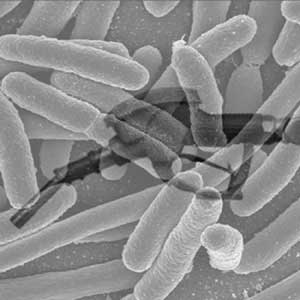Berkeley LBL/Project
From 2007.igem.org
| Home | Project Description | Methods | Notebook | Results and Discussion | Resources |

|
PurposeThe purpose of the project is to engineer the most efficient pathway for the biosynthesis of bacteriochlorophyll using E. Coli as the host organism. | |

|
BackgroundThe specific goal for this project is to utilize E. Coli to produce chlorophyll efficiently. This is accomplished by controlling the first set of genes in the first branch point of the native E. Coli pathway and the chlorophyll biosynthesis pathway. However, the production of chlorophyll can lead to the eventual goal of engineering E. Coli to be a photosynthetic organism. Photosynthetic organisms that can be easily manipulated bring tremendous value to the current alternative energy research. Solar energy is available on Earth at a rate of 3850 x 10^21 Joules per year, while the worldwide energy consumption is only 0.471 x 10^21 Joules per year([http://en.wikipedia.org/wiki/Solar_energy Wikipedia Solar Energy]). Photosynthetic organisms can capture this untapped source of solar energy and transform them into chemical energy as biofuels.
| |

|
PhotosynthesisPhotosynthesis is the process by which light energy is converted to chemical energy in form of glucose. The chemical equation of the process is: 6CO2 + 12H2O --> C6H12O6 + 6O2 + 6H2O, with the input of light energy required for the forward reaction. As shown in the equation, carbon dioxide is fixed in photosynthesis to produce a more complicated organic compound, glucose. | |

|
Photosynthetic OrganismsPlants and many species of bacteria are photosynthetic. Bacterial photosynthesis would be the focus in this description. The main classes of photosynthetic bacteria include cyanobacteria, purple bacteria, and heliobacteria. While plants have chloroplasts as a center for photosynthetic activity, bacteria do not. For bacteria, photosynthesis takes place within the cell. To perform the required photoreactions, a variety of pigments and membrane proteins are necessary. Out of the pigments, chlorophyll is the essential one.
| |

|
ApproachThe goal of the project is to produce chlorophyll by establishing a strong metabolic pathway in E.Coli. A generic metabolic pathway for chlorophyll synthesis in plants is given here (Generic Chlorophyll Biosynthesis). The biosynthesis of bacteriochlorophyll is similar; the part that our project focused on is shown here(Bacteriochlorophyll Biosynthesis). In order to channel the flux of carbon through the chlorophyll biosynthetic pathway, the flux through the first branch point between the native E.Coli pathway and the chlorophyll pathway must be optimized. The enzyme magnesium-chelatase is responsible for converting protoporphyrin IX to Mg-protoporphyrin IX. Because this reaction IX must occur to a large degree, we want to use an enzyme that has the most enhanced activity. Since all photosynthetic bacteria utilize the very similar bacteriochlorophyll synthesis pathways, they all have their own versions of Mg-chelatase to perform the Mg-insertion reaction. A large part of the project is to subclone the genes for Mg-chelatse, for three photosynthetic bacteria—Rhodobacter sphaeroides (purple bacteria), Synechocystis sp. (cyanobacteria), and Heliobacillus mobilis (heliobacteria). After subcloning, the enzymes are overexpressed and their activities are measured. Besides the establishment of a strong initial input of flux through the bacteriochlorophyll photosynthesis pathway, we have also explored the latter parts of the pathway. These latter steps are crucial for catalyzing reactions that would lead to the final product—bacteriochlorophyll.
| |

|
ApplicationsApplications for the use of photosynthetic E.Coli are plentiful. The most important of which is the industrial-scale production of biofuels using bacteria. One can set up a bioreactor, filled with photosynthetic E.Coli, running under sunlight to produce biofuels. The costs of producing biofuels using such bioreactors should be much more inexpensive than current methods due to the fact that solar energy is directly captured and utilized. The second application is the production of chlorophyll for research purposes. Once the most efficient metabolic pathway to produce chlorophylls is established, the synthesis of chlorophyll and its derivatives can be done easily. The third application can be the use of novel enzymes to insert specific metal ions into compounds such as protoporphyrin IX. These new organometallic complexes may have novel reactivity and be useful in many contexts.
|